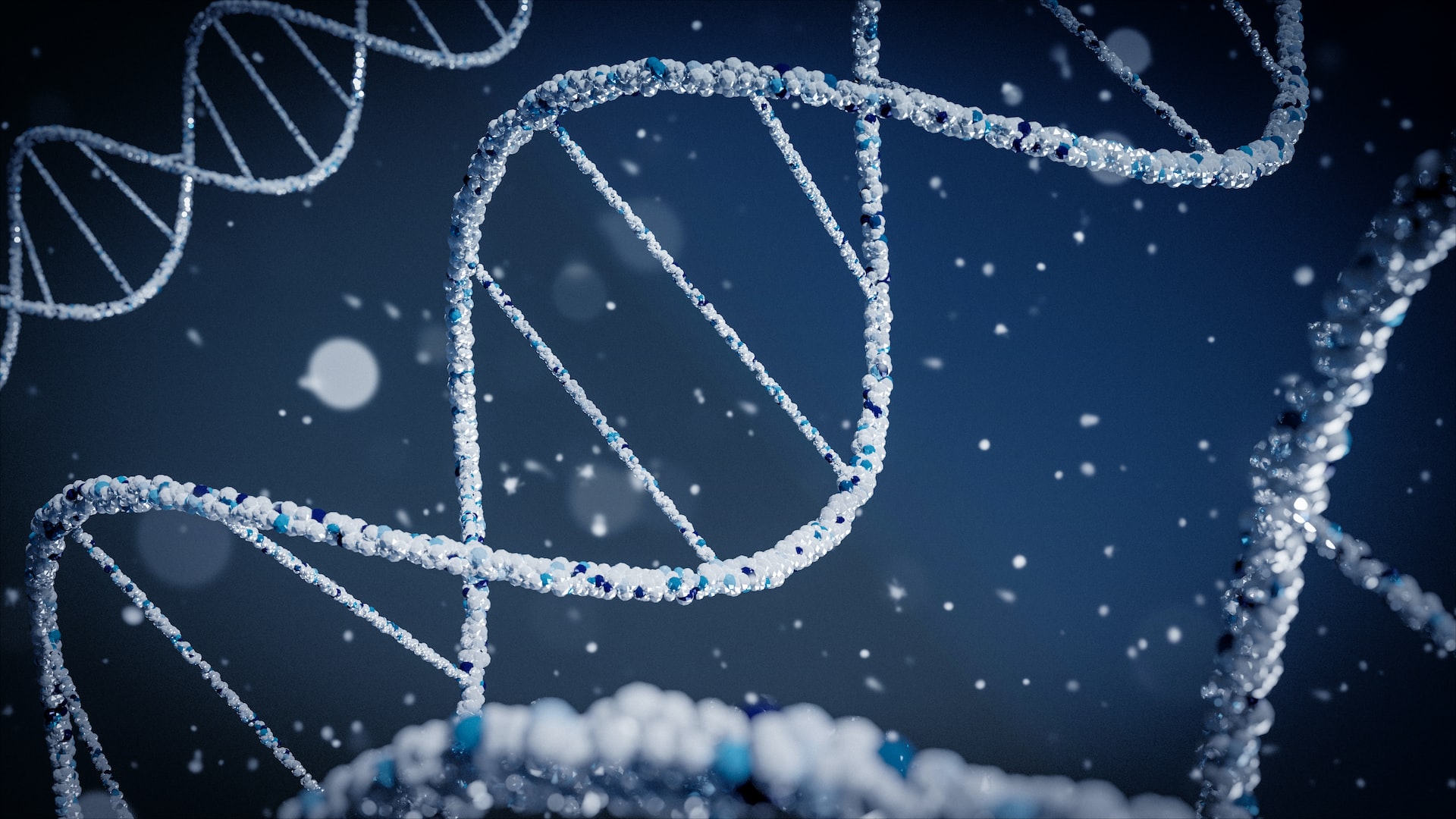Have you ever stopped to wonder about the countless diseases that plague humanity? From the common cold to life-threatening conditions, our bodies face an array of health challenges. Among these, cancer continues to be one of the most feared and devastating diseases. While we often hear about the most prevalent types of cancer, there is one that stands out as exceptionally rare. Today, we will delve into the depths of medical rarity and explore the world’s rarest cancer!
Introduction:
Cancer, a word that holds tremendous weight and evokes emotions of fear and uncertainty. We may be familiar with common types such as breast, lung, prostate, or colon cancer, all of which have received significant attention due to their prevalence and impact. However, there exists a rare cancer that defies the odds and challenges medical professionals worldwide. This elusive disease, known as “Sinunasal Undifferentiated Carcinoma” (SNUC), is shrouded in mystery, affecting only a few individuals across the globe.
Exploring the Unknown:
Sinunasal Undifferentiated Carcinoma is an exceptionally rare form of cancer that develops in the nasal cavity and paranasal sinuses, the air-filled spaces around the nasal area. With its scarcity, affecting only about 0.5% of all nasal malignancies, this cancer represents a unique and perplexing case for medical professionals to tackle.
What causes Sinunasal Undifferentiated Carcinoma?
Despite extensive research, the exact cause of Sinunasal Undifferentiated Carcinoma remains unknown. However, some studies suggest that exposure to certain chemicals or air pollutants, such as wood dust or nickel, may potentially contribute to the development of this rare cancer. Further research is necessary to shed light on the causative factors.
What are the symptoms?
Symptoms associated with Sinunasal Undifferentiated Carcinoma may include persistent nasal congestion, sinus pain, nosebleeds, facial swelling, and excessive tearing. These symptoms are often misdiagnosed as sinusitis or other common nasal conditions, leading to a delay in accurate detection and treatment.
How is it diagnosed?
Diagnosing Sinunasal Undifferentiated Carcinoma requires a comprehensive approach. Medical professionals will conduct a thorough examination, including imaging tests, such as computed tomography (CT) scans or magnetic resonance imaging (MRI). A biopsy, involving the removal of a tissue sample for laboratory analysis, is crucial in confirming the presence of this rare cancer.
Treatment options:
Due to the limited number of cases, treatment strategies for Sinunasal Undifferentiated Carcinoma are not yet standardized. Generally, a multi-modal approach is necessary, including surgery, radiation therapy, and chemotherapy. The precise treatment plan depends on various factors, such as the stage of cancer, the patient’s overall health, and the expertise of the medical team.
Conclusion:
In a world where cancer relentlessly affects countless lives, the rarest forms remind us of the complexity and diversity of this disease. Sinunasal Undifferentiated Carcinoma, an exceptionally uncommon cancer, presents a challenging battle for patients and medical professionals alike. While researchers strive to unravel the mysteries surrounding this disease, early detection, accurate diagnosis, and advancements in treatment hold the key to combating this enigmatic foe.
Remember, as we explore the unknown realms of medical science, every life holds immense value. Together, we can support ongoing research, raise awareness, and offer hope to those battling against the world’s rarest cancer, Sinunasal Undifferentiated Carcinoma.
FAQ: Frequently Asked Questions
Q1: Is Sinclair Undifferentiated Carcinoma hereditary?
A1: No, there is currently no evidence to suggest that Sinunasal Undifferentiated Carcinoma has a hereditary component. It is considered a sporadic disease, meaning it occurs by chance rather than being passed down through genes.
Q2: Are there any preventive measures to reduce the risk of developing Sinunasal Undifferentiated Carcinoma?
A2: As the exact cause of Sinunasal Undifferentiated Carcinoma is unknown, specific preventive measures are yet to be determined. However, one can reduce the chances of developing any cancer by adopting a healthy lifestyle, avoiding exposure to harmful chemicals and pollutants, and regularly consulting with healthcare professionals.
Q3: How common is Sinunasal Undifferentiated Carcinoma in children?
A3: Sinunasal Undifferentiated Carcinoma is incredibly rare in children. It primarily affects adults, usually between the ages of 50 and 60 years. However, cases in children below the age of 18 have been reported, albeit extremely infrequently.
Q4: Is Sinunasal Undifferentiated Carcinoma curable?
A4: While the rarity of this cancer poses challenges, early detection and prompt treatment can lead to favorable outcomes. However, it is important to note that the prognosis varies depending on several factors, such as the stage of cancer and the overall health of the patient. Collaborating with a skilled medical team is crucial in formulating the best treatment approach.
Q5: Are there any ongoing research or clinical trials for Sinunasal Undifferentiated Carcinoma?
A5: Yes, researchers continue to investigate Sinunasal Undifferentiated Carcinoma to better understand its origins, develop more effective treatment strategies, and improve patient outcomes. Ongoing research and clinical trials aim to unveil the mysteries surrounding this rare cancer and enhance our ability to combat it in the future.




